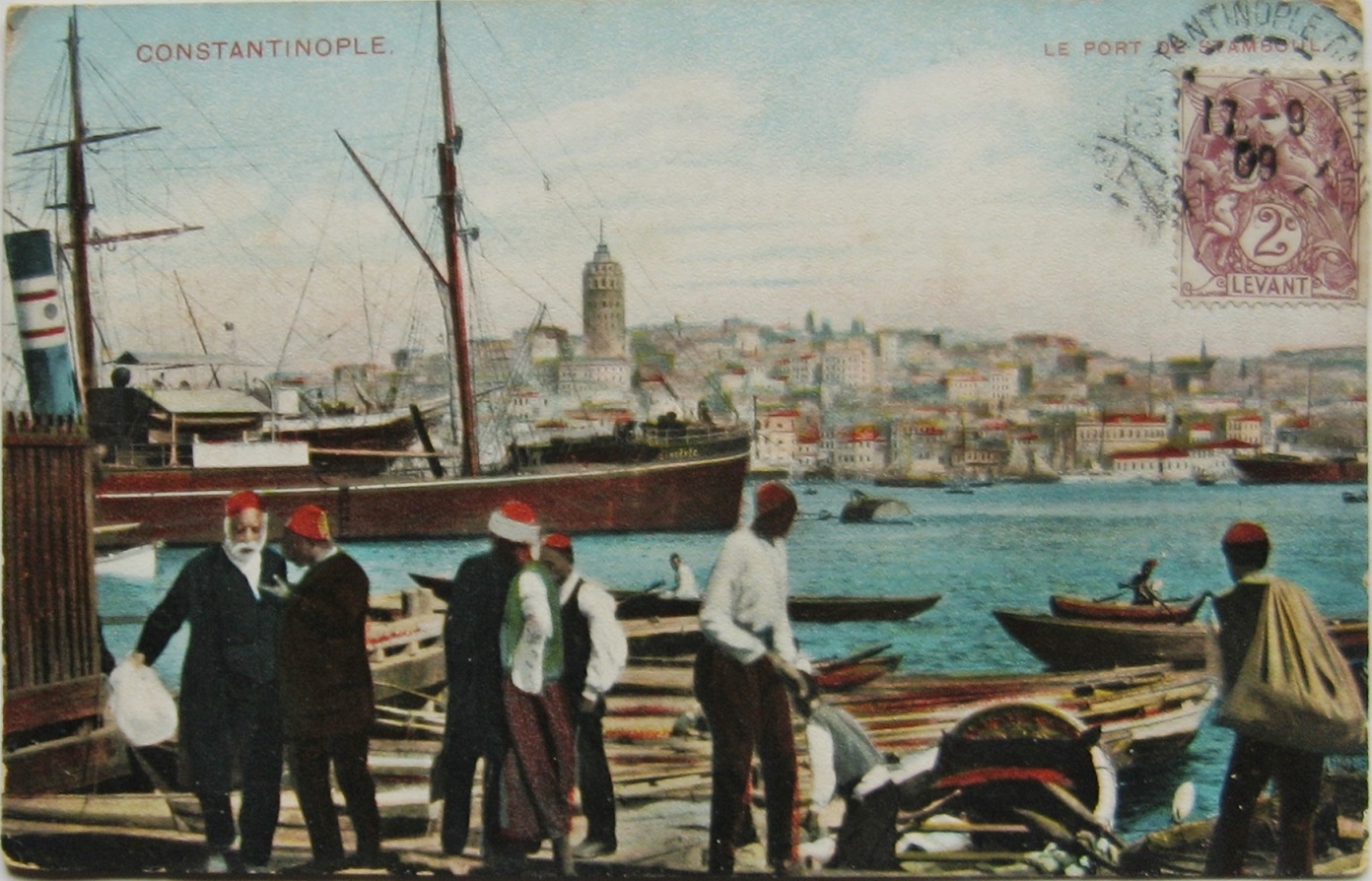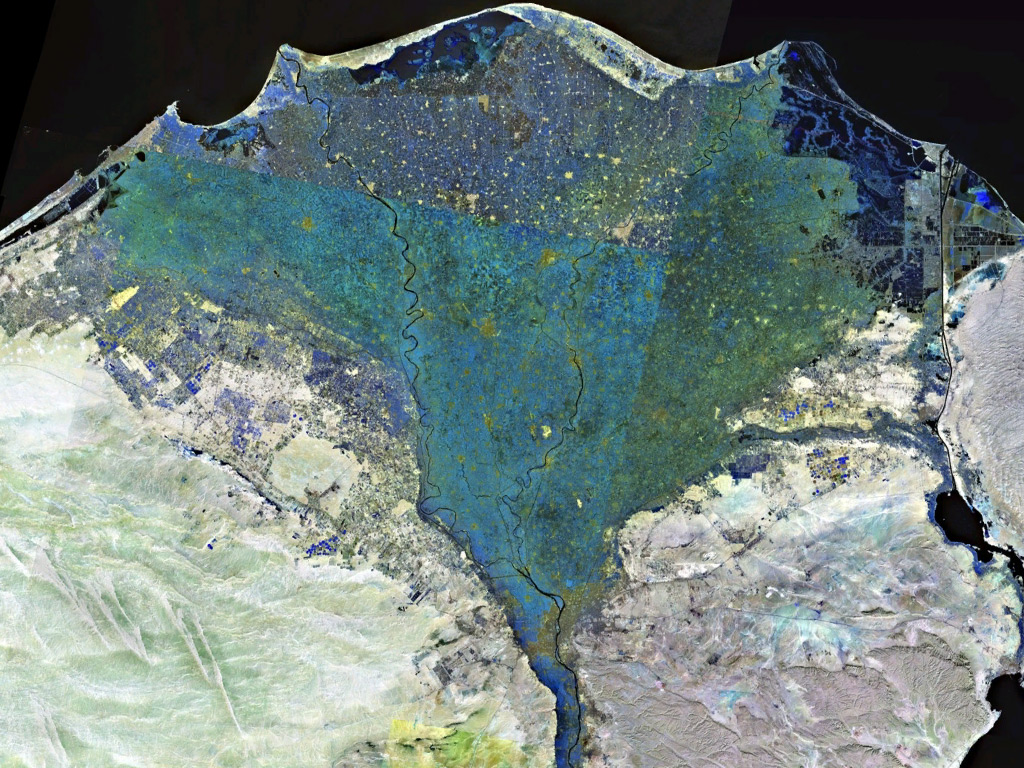|
Wahkare Khety
Wahkare Khety was an ancient Egyptian pharaoh of the 9th or 10th Dynasty during the First Intermediate Period. Identity The identity of Wahkare Khety is controversial. While some scholars believe that he was the founder of the 9th Dynasty, many others place him in the subsequent 10th Dynasty. William C. Hayes, in ''The Cambridge Ancient History'', vol 1, part 2, 1971 (2008), Cambridge University Press, , p. 996.Michael Rice, ''Who is who in Ancient Egypt'', 1999 (2004), Routledge, London, , p. 7. 9th Dynasty hypothesis If Wahkare Khety was the founder of the 9th Dynasty, he may be identified with the hellenized king Achthoês, the founder of this dynasty according to Manetho. Manetho reports: The first of these ings Achthoês, behaving more cruel than his predecessors, wrought woes for the people of all of Egypt, but afterwards he was smitten with madness and killed by a crocodile.William Gillian Waddell: ''Manetho (= The Loeb classical library. Bd. 350)''. Harvard Univer ... [...More Info...] [...Related Items...] OR: [Wikipedia] [Google] [Baidu] |
Bakenranef
Bakenranef, known by the ancient Greeks as Bocchoris (Ancient Greek: , ; Latin: ) or Bochchoris (, ; Latin: ) was briefly a king of the 24th Dynasty of Egypt. Based at Sais in the western Delta, he ruled Lower Egypt from c. 725 to 720 BC. Though the Ptolemaic period Egyptian historian Manetho considers him the sole member of the 24th Dynasty, modern scholars include his father Tefnakht in that dynasty. Although Sextus Julius Africanus quotes Manetho as stating that "Bocchoris" ruled for six years, some modern scholars again differ and assign him a shorter reign of only five years, based on evidence from an Apis Bull burial stela. It establishes that Bakenranef's reign ended only at the start of his 6th regnal year which, under the Egyptian dating system, means he had a reign of 5 full years. Bakenranef's prenomen or royal name, ''Wahkare'', means "Constant is the Spirit of Re" in Egyptian. Literary sources Manetho is the source for two events from Bakenranef's reign. The ... [...More Info...] [...Related Items...] OR: [Wikipedia] [Google] [Baidu] |
Nile Crocodile
The Nile crocodile (''Crocodylus niloticus'') is a large crocodilian native to freshwater habitats in Africa, where it is present in 26 countries. It is widely distributed in sub-Saharan Africa, occurring mostly in the eastern, southern, and central regions of the continent, and lives in different types of aquatic environments such as lakes, rivers, swamps and marshlands. It occasionally inhabits deltas, brackish lakes and rarely also saltwater. Its range once stretched from the Nile Delta throughout the Nile River. Lake Turkana in Kenya has one of the largest undisturbed Nile crocodile populations. Generally, the adult male Nile crocodile is between in length and weighs . However, specimens exceeding in length and in weight have been recorded. It is the largest predator in Africa, and may be considered the second-largest extant taxon, extant reptile in the world, after the saltwater crocodile (''Crocodylus porosus'').Wood, G. (1983). ''The Guinness Book of Animal Facts and F ... [...More Info...] [...Related Items...] OR: [Wikipedia] [Google] [Baidu] |
Asyut
AsyutAlso spelled ''Assiout'' or ''Assiut''. ( ' ) is the capital of the modern Asyut Governorate in Egypt. It was built close to the ancient city of the same name, which is situated nearby. The modern city is located at , while the ancient city is located at . The city is home to one of the largest Coptic Christian communities in the country. History Names and etymology The name of the city is derived from Egyptian language, early Egyptian (late Egyptian, Səyáwt) which became Coptic language, Coptic , meaning "''Guardian''" of the northern approach of Upper Egypt. In Graeco-Roman Ægyptus, Egypt, it was called Lycopolis or Lykopolis (, ""), ('wolf city') Lycon, or Lyco. Ancient Asyut Ancient Asyut was the capital of the Thirteenth Nome (Egypt), Nome of Upper Egypt (''Lycopolites Nome'') around 3100 BC. It was located on the western bank of the Nile. The two most prominent Egyptian pantheon, gods of ancient Egyptian Asyut were Anubis and Wepwawet, both funerary deities ... [...More Info...] [...Related Items...] OR: [Wikipedia] [Google] [Baidu] |
Levant
The Levant ( ) is the subregion that borders the Eastern Mediterranean, Eastern Mediterranean sea to the west, and forms the core of West Asia and the political term, Middle East, ''Middle East''. In its narrowest sense, which is in use today in archaeology and other cultural contexts, it is equivalent to Cyprus and a stretch of land bordering the Mediterranean Sea in Western AsiaGasiorowski, Mark (2016). ''The Government and Politics of the Middle East and North Africa''. p. 5: "... today the term ''Levantine'' can describe shared cultural products, such as Levantine cuisine or Levantine archaeology". .Steiner & Killebrew, p9: "The general limits ..., as defined here, begin at the Plain of 'Amuq in the north and extend south until the Wâdī al-Arish, along the northern coast of Sinai. ... The western coastline and the eastern deserts set the boundaries for the Levant ... The Euphrates and the area around Jebel el-Bishrī mark the eastern boundary of the northern Levant, as d ... [...More Info...] [...Related Items...] OR: [Wikipedia] [Google] [Baidu] |
Nile Delta
The Nile Delta (, or simply , ) is the River delta, delta formed in Lower Egypt where the Nile River spreads out and drains into the Mediterranean Sea. It is one of the world's larger deltas—from Alexandria in the west to Port Said in the east; it covers of the Mediterranean coastline and is a rich agricultural region. From north to south the delta is approximately in length. The Delta begins slightly down-river from Cairo. Geography From north to south, the delta is approximately in length. From west to east, it covers some of coastline. The delta is sometimes divided into sections, with the Nile dividing into two main distributary, distributaries, the Damietta and the Rosetta, flowing into the Mediterranean at port cities with the same names. In the past, the delta had several distributaries, but these have been lost due to flood management, flood control, silting and changing relief. One such defunct distributary is Wadi Tumilat. The Suez Canal is east of the delta ... [...More Info...] [...Related Items...] OR: [Wikipedia] [Google] [Baidu] |
Nomarch
A nomarch (, Great Chief) was a provincial governor in ancient Egypt; the country was divided into 42 provinces, called Nome (Egypt), nomes (singular , plural ). A nomarch was the government official responsible for a nome. Etymology The term ''nome'' is derived from ''nomós'' "province, district". ''Nomarch'' is derived from ''nomárkhēs'': "province" + "ruler". Egyptian history The division of the Egyptian kingdom into nomes can be documented as far back as the reign of Djoser of the Third Dynasty of Egypt, 3rd Dynasty in the early Old Kingdom of Egypt, Old Kingdom, c. 2670 BCE, and potentially dates even further back to the Prehistoric Egypt, Predynastic kingdoms of the Nile valley. The earliest topographical lists of the nomes of Upper and Lower Egypt date back to the reign of Nyuserre Ini, of the mid Fifth Dynasty of Egypt, 5th Dynasty, from which time the nomarchs no longer lived at royal capital but stayed in their nomes. The power of the nomarchs ... [...More Info...] [...Related Items...] OR: [Wikipedia] [Google] [Baidu] |
Meryibre Khety
Meryibre Khety, also known by his Horus name Meryibtawy, was a pharaoh of the Ninth Dynasty of Egypt, 9th or Tenth Dynasty of Egypt, 10th Dynasty of Egypt, during the First Intermediate Period of Egypt, First Intermediate Period. Reign Some scholarsAlan Gardiner, ''Egypt of the Pharaohs. An introduction'', Oxford University Press, 1961, p. 112.William C. Hayes, in ''The Cambridge Ancient History'', vol 1, part 2, 1971 (2008), Cambridge University Press, , p. 464. believe that Meryibre Khety was the founder of the 9th Dynasty, a Heracleopolis Magna, Herakleopolitan nomarch who gathered enough authority to claim himself the legitimate successor of the 6th Dynasty pharaohs. It seems that Meryibre ruled over his neighboring nomarchs with an iron fist, and it is likely for this reason that in later times this ruler became Manetho's infamous ''Achthoes'', a wicked king who went insane and then was killed by a Nile crocodile, crocodile. Alternatively, other Egyptologists such as Jürge ... [...More Info...] [...Related Items...] OR: [Wikipedia] [Google] [Baidu] |
Teaching For King Merykare
The ''Teaching for King Merykara'', alt. ''Instruction Addressed to King Merikare'', is a literary composition in Middle Egyptian, the classical phase of the Egyptian language, probably of Middle Kingdom date (2025–1700 BC). In this ''sebayt'' the author has a First Intermediate Period king of Egypt possibly named Kheti address his son, the future king Merykara, advising him on how to be a good king, and how to avoid evil. Merykara is the name of a king of the 9th or 10th Dynasty, the line or lines of kings who ruled northern Egypt during a period of division, the First Intermediate Period (about 2150–2025 BC). Perhaps this allowed the author of this composition greater freedom in describing the limits of royal authority than might have been possible in referring to kings of a unified Egypt; the ''Teaching for King Merykara'' is effectively a treatise on kingship in the form of a royal testament, the first of this genre. Similar works were created later in the Hellenistic and ... [...More Info...] [...Related Items...] OR: [Wikipedia] [Google] [Baidu] |




